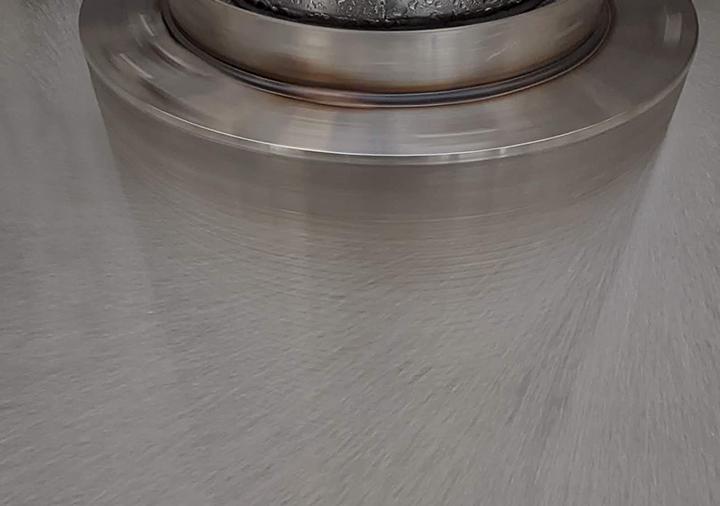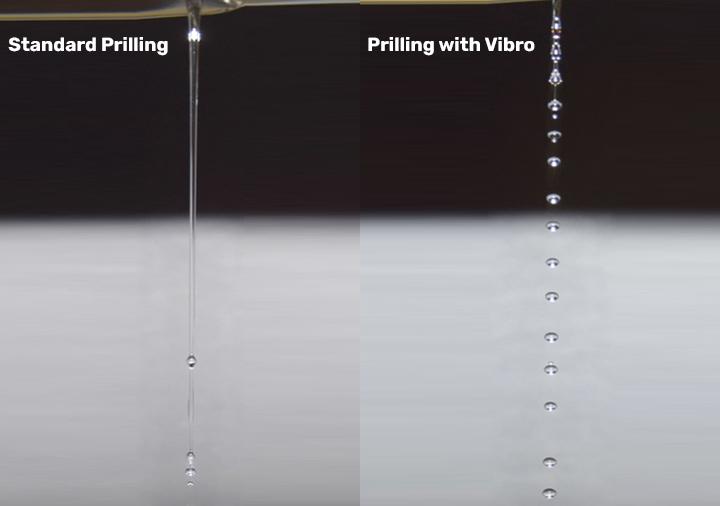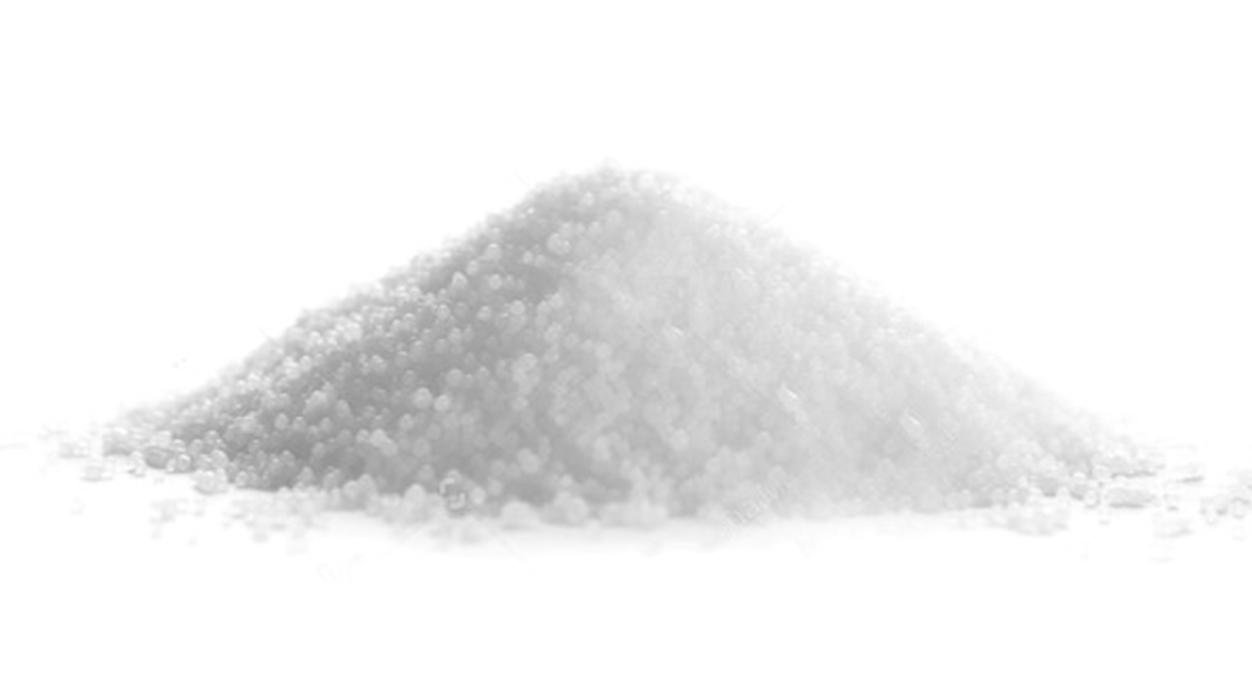The first fertilizer Prilling machine we built in the 1960s is still in operation today and continues to deliver a positive cash flow for our client. The proof of this track record is our ever-growing prilling reference list.
Types of Prilling machines
Kreber Prilling Machines are characterized by high reliability, low operational expenses, and ease of operation.
Depending on the type of product, the required quantity, and the prilling tower conditions, we offer one of two types of prilling machines: the Kreber Static Prilling System or the Kreber Rotary Prilling System.
Prills for bulk properties offer significant advantages:
- Excellent 'free-flowing' properties
- Low tendency to stick and agglomerate
- Distinguished for air lifting
- Highly resistant to abrasion and damage
- Minimal dust formation
- Excellent for starage in silo installations
- Precise dosage
- No additives needed; pure materials
Static Prilling
We offer the Kreber Static Prilling System for the conventional method of Prilling. This type of system can contain one or more Prilling heads and is very suitable for capacities ranging from 5 to 500 metric tons/day.

Rotary Prilling
The Kreber Rotary Prilling System has two rotary Prilling buckets. This allows for quick changeover of Prilling buckets, this ensuring continuity of production. This type of system is suitable for capacities ranging from 75 to 5000 metric tons/day and comes in a number of standard models to which various applications can be flexibly added.

Vibro Prilling
Thanks to our innovative facilities, the R&D team is able to take Prilling technology and customer solutions to the next level. One of our major developments is ‘Vibro Prilling’. Applying vibration to the melt results in more uniform Prills with a narrowly defined prill size distribution. This principle can be applied to both static Prilling and rotary Prilling.



